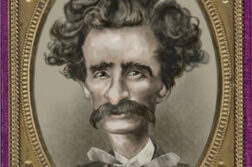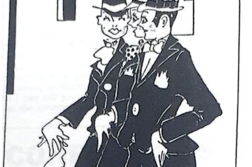A DISTRAUGHT STUDENT slips into the office of her high school guidance counselor. The student thinks she might be a lesbian. It is dawning on her that she seems to like girls rather than boys. And someone has just called her a derogatory name. The counselor tries to console, advise—counsel—the student to the best of her ability, given available resources. She suggests that being a lesbian is not the end of the world, that she herself, for example, likes women. Buoyed by her success counseling this student and another gay male student, the counselor begins to mention her bisexuality to some of the school’s faculty. In consequence, she is fired. After a decade bouncing around the courts, her case reaches the U.S. Supreme Court in 1985; but only two justices—half the number needed—even want to hear her case, which claims her rights to equal protection have been violated. And so the Court lets stand a ruling that allows Ohio to fire all its gay and lesbian school teachers on the basis of their sexual orientation alone. Two decades later, this state of legal affairs is unchanged.
This essay examines how we ought to understand the elusive concept “equal” when used in the Constitution’s cryptic, if moving, promise that “no person shall be denied the equal protection of the law.”






